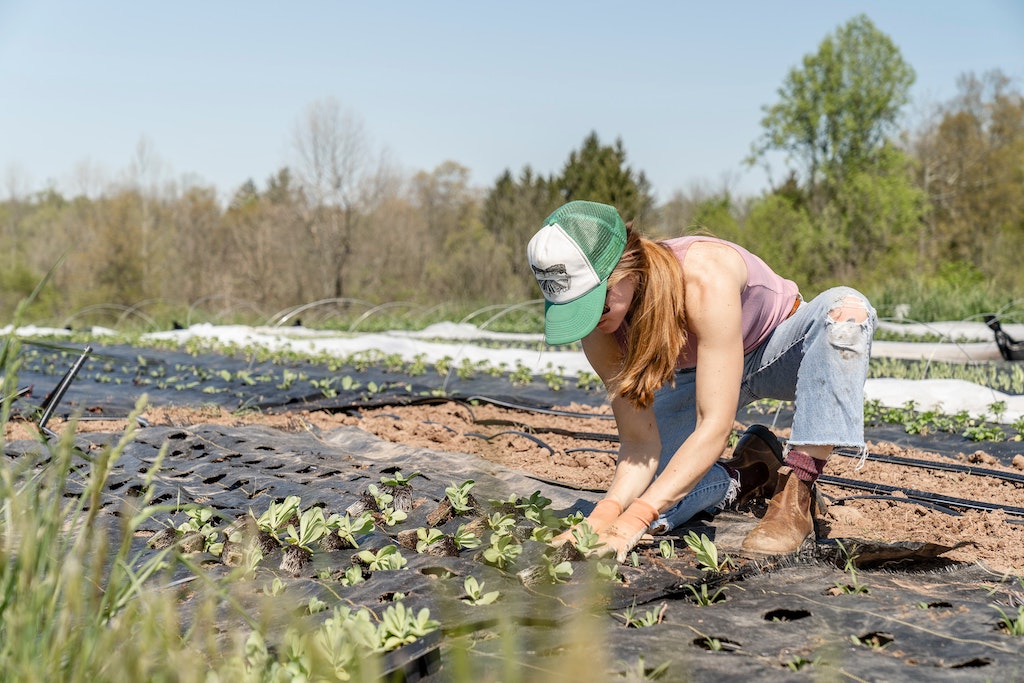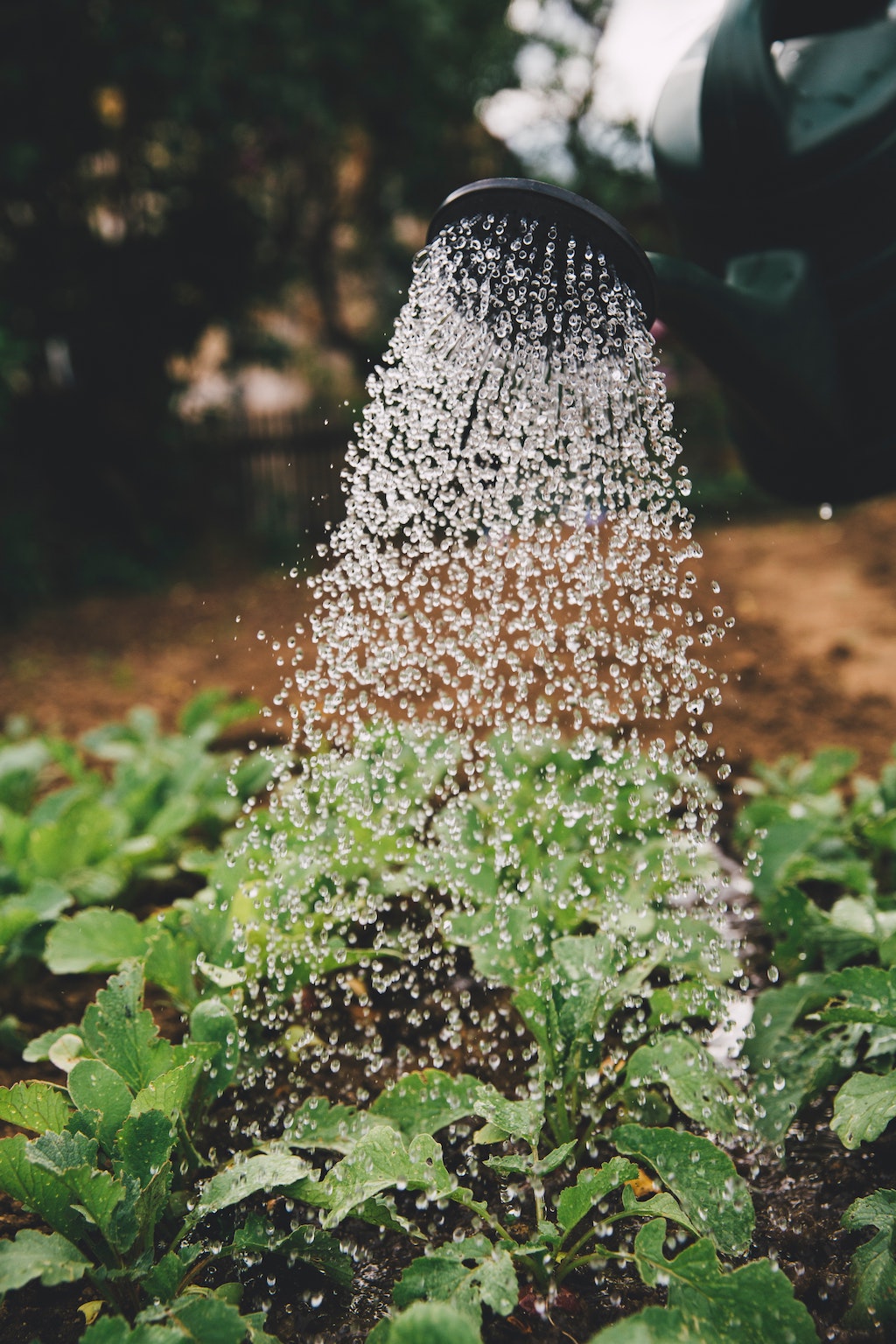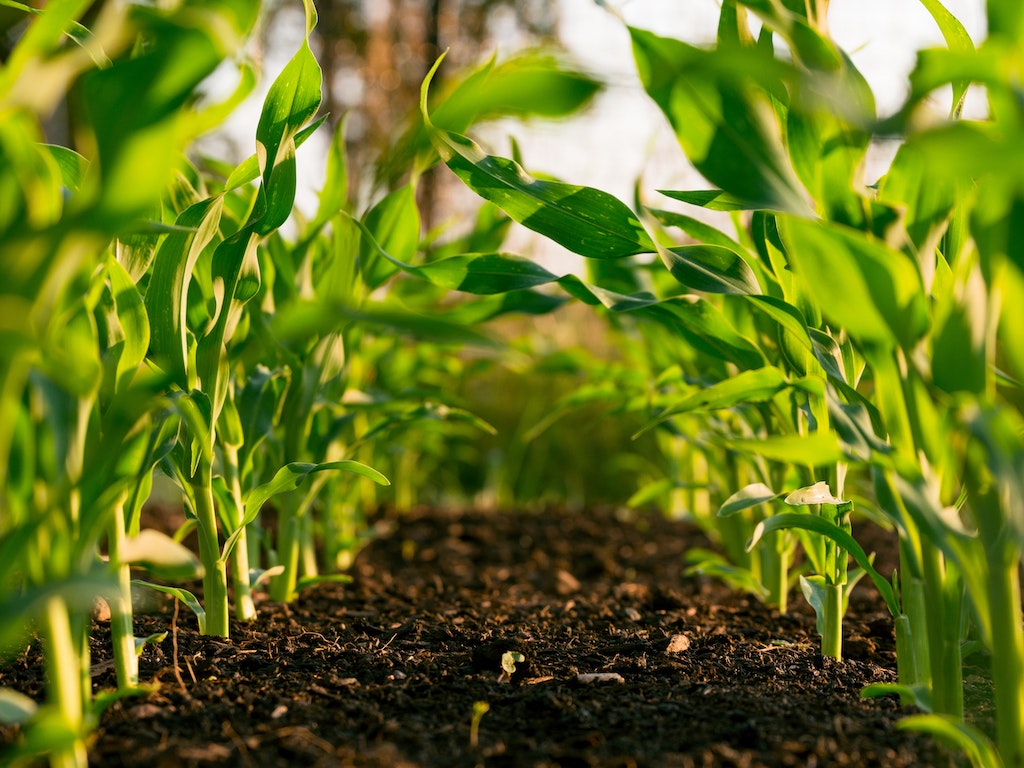4 Mins Read
With climate change rising to the top of the global agenda, many of us are hearing about sustainable agriculture as one of the key solutions. Words like regenerative farming and permaculture are being used everywhere, in speeches from governments and policymakers, to sustainable TikTok influencers. But what do all these words really mean and how are they different from one another? We break it down here.

1. Regenerative agriculture
Regenerative agriculture refers to farming practices that can help combat climate change as it rebuilds and restores the soil’s power to absorb carbon dioxide. It includes a wide range of land management practices, such as no tillage, which aids in increasing biodiversity in the soil and its water holding capacity. Applying more cover crops, crop rotations and compost are also practices in regenerative agriculture, which helps to promote the cycling of essential nutrients, thereby reducing the need to apply methane-intensive synthetic fertilisers.
2. Rewilding
Rewilding describes an approach to conservation, rather than farming specifically. At its core, it’s all about letting nature do it’s own work and take care of itself. Because humanity has destroyed so much of wildlife, rewilding is about repairing damaged ecosystems and landscapes and reintroducing those species that have been lost. This allows the natural processes to be restored, enabling wildlife’s natural way of creating biodiverse habitats to return. In other words, rewilding is giving nature a “helping hand” after the degradation we have caused, then allowing it to manage itself.
3. Organic farming
Organic farming or agriculture is a method of producing food that can benefit the environment and people. It includes several principles, such as reducing the use of pesticides, no artificial fertilisers, no antibiotics or GMOs, and no artificial colours and preservatives. It does not cover just plants, but also the management of livestock. There are many different certifications and standards to verify whether a food is organic, which vary by region and specifications, such as the USDA in the US, which has a four-tier system, or the EU green logo in Europe, which is known for its stricter rules from farm to plate.
4. Permaculture
Permaculture is a sustainable practice revolving around the idea of ecological living, being resource efficient and cooperating with nature, ultimately creating a self-reliant system. It can be applied to the way we manage backyards, to farms and conservation areas. In agriculture, permaculture is designed to allow for the land to be used productively forever, unlike industrial forms of farming that can degrade the soil into non-arable land. Common permaculture practices in farming include rainwater harvesting, agroforestry, and vermicomposting.

5. Biodynamic
Biodynamics refers to a holistic and ecological approach to farming that is similar to organic farming, but incorporates some additional concepts drawn from Austrian philosopher Rudolf Steiner. One of the central aspects in this approach is seeing the farmland as an organism that needs to be self-sustaining and treats different aspects of agriculture, from soil fertility to plant growth as ecologically related tasks. Many of its practices overlap with organic farming measures, such as avoiding synthetic fertilisers and having a diverse crop rotation.
6. Veganic farming
While the core principles of regenerative agriculture applies to plant crops, such as increasing the diversity of crops, applying rotation techniques and minimising synthetic fertiliser use and removing tillage, the term has also been adopted by livestock farming to integrate animals and their byproducts into the approach. So one cannot assume that regenerative farming is necessarily vegan.
That’s why a specific term has been developed to refer to regenerative farming that is vegan: veganic farming. This follows the same regenerative techniques, but does not exploit animals and does not use animal inputs such as bone meal, animal feces or other animal-derived matter and instead uses green manures, green wastes, and composted vegetable matter.
Want more guides? Find out what climate terms like ‘climate positive’ and ‘net-zero’ mean here and more about carbon farming here.
All images courtesy of Unsplash.




